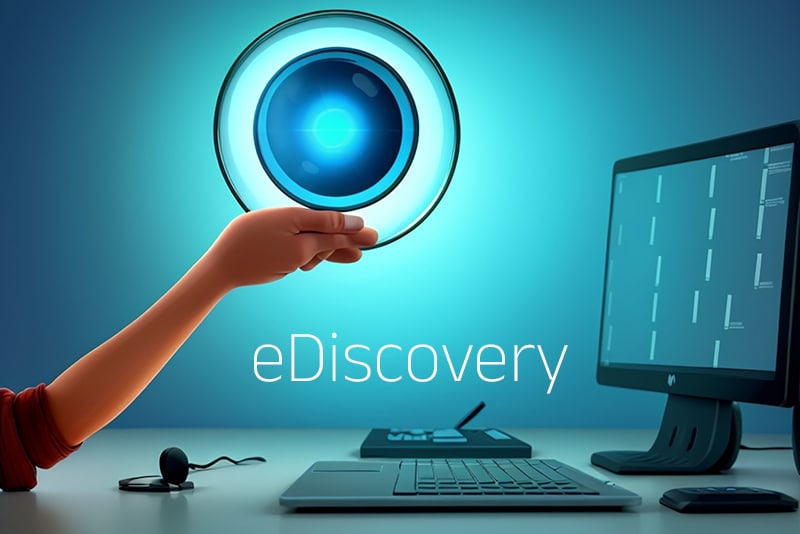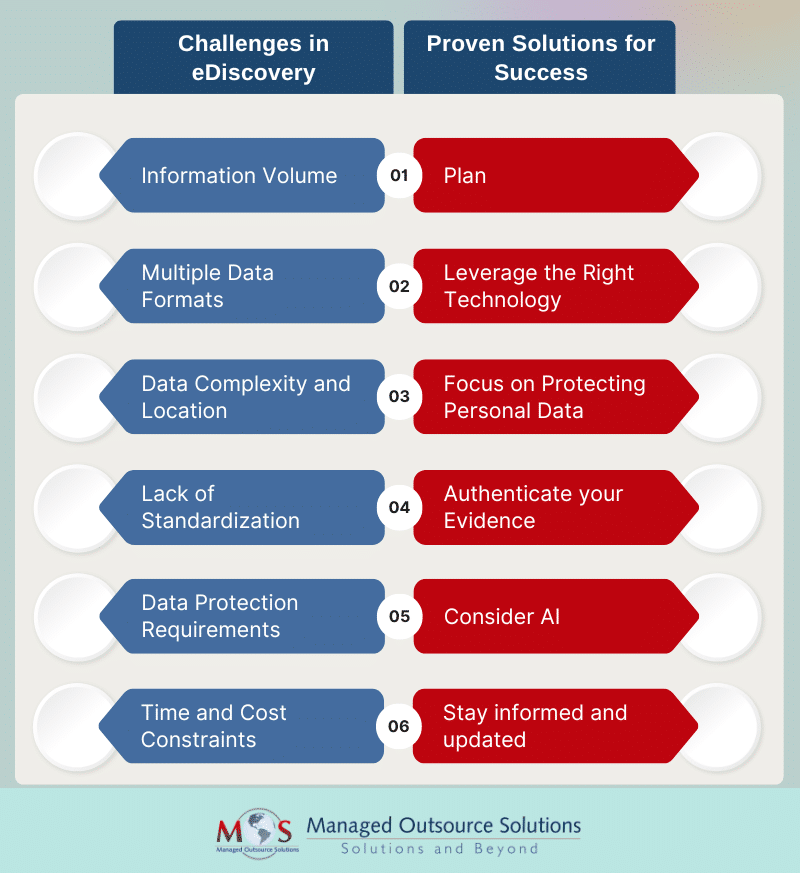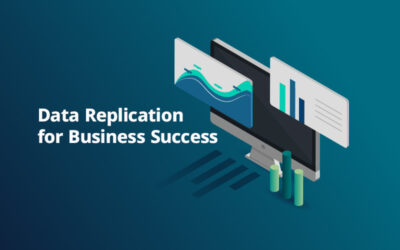Delving into electronically stored information (ESI) to find relevant information for a case is a major challenge for legal professionals. With the massive increase in data volumes, both structured and unstructured, eDiscovery has become even more difficult, leading many law firms to turn to outsourced ediscovery services. Experts can retrieve electronic information for litigation purposes from a wide range of sources.
Despite advancements in the field, eDiscovery challenges are continually evolving. The good news is that there are proven tactics that can overcome these barriers and improve your outcomes.
6 Key Challenges of eDiscovery
The discovery of electronically stored information can be daunting. For example, take a corporate client being sued for breach of contract. The opposing party asks for all email communications between the client’s employees. If this electronic data is spread across on-premises servers, personal laptops, and cloud-based email accounts, this can make the discovery process quite complex.
The lawyer has to ensure that all relevant data is identified and collected from all these sources. They have to establish an efficient workflow to identify and extract relevant information from the large dataset. All relevant information collected should be preserved so that it cannot be altered or deleted. The lawyer needs to produce the relevant data in the required format and within the court-mandated deadlines.
Several factors contribute to making eDiscovery a challenging process:
- Information volume: The growth of databases is a cause for concern. While physical storage and hard drives have limits, with migration to cloud there is no cut-off on the amount of information you can retain. Up to 60% of global corporate data is stored in the cloud. This has made finding critical information extremely complex.
- Multiple data formats: Electronic information exists in wide range of formats, including emails, documents, spreadsheets, databases, audio and video files, social media content, and instant messages. Discovery requires organizing all of this data into a usable format.
- Data complexity and location: The variety of discoverable data types has also increased. eDiscovery has long been established from traditional data sources like email mailboxes and archives, as well as unstructured data like office files. However, today, many relevant and discoverable conversations occur on collaboration platforms like Slack, Microsoft Teams and Zoom. Cloud-based document repositories allow for discovery on collaborative solutions like Google Drive, Dropbox and Microsoft OneDrive. Data from mobile devices, especially text messages is one of the most asked for types of modern discoverable data. Timely and efficient retrieval of relevant data from multiple sources is difficult.
- Lack of standardization: Entities reviewing electronic records may that varying requirements and formats. For instance, the requirements of federal regulators may differ from what a local judge requires.
- Data protection requirements: With unabated data breaches, protecting sensitive information collected through eDiscovery is a major concern. Any unauthorized access, disclosures or data loss is a major risk for the electronic discovery process.
- Time and cost constraints: Lawyers face court-ordered deadlines and discovery cut-off dates. When dealing with large volumes of electronic data, these requirements can make it challenging to complete discovery within the fixed time frame. As it requires investment in IT staffing as well as hardware, software, and storage, electronic discovery can be a very expensive process.
Addressing the Complexities of eDiscovery
Managing discovery efficiently is essential to comply with regulations, control costs, preserve evidence, and gain a strategic advantage in litigation and other legal proceedings. To succeed, you need to plan ahead and have the right strategies and technologies in place.
Plan
Detailed planning is the first step in the electronic discovery process. Identify case-specific time constraints for discovery activities and deadlines upfront. Determine what types of electronic data need to be collected as well as each jurisdiction’s eDiscovery format, storage, and other requirements. Ensure your staff is well-trained in using ediscovery tools.
Leverage the Right Technology
The ESI protocol establishes the methods of managing electronically stored information (ESI) with precision. When choosing e-Discovery software, make sure that both parties have the tools to create and share ESI in the necessary formats. The software should be able to easily convert all file formats to readable data. To conduct discovery on ESI in enterprise systems, you need to have a comprehensive solution. Choose a system that can analyze date at the point where it lives, collect data from a large variety of sources, can deliver search results in seconds, and supports collaborative workflows. Ideally, both sides should consent using specialized ediscovery software that simplifies document exchange and ensures that evidence is properly preserved.
Focus on Protecting Personal Data
There are comprehensive data privacy laws covering consumer rights and the obligations of businesses to protect personally identifiable information (PII) and protected health information (PHI). Failing to protect sensitive information can result in fines of millions of dollars. Rigorous data protection practices such as access control, multifactor authentication, and superior encryption of data in transit and at rest can ensure sensitive data is maintained at the level that complies with industry and government regulations.
Authenticate your Evidence
Redundant data can increase costs and review time. Moreover, with the risk of deepfakes of images, audio, or video evidence, the ability to authenticate your evidence has become more critical. Metadata plays a key role in confirming the authenticity and integrity of a document. It enhances the efficiency and accuracy of the electronic discovery process. Preserve metadata in its original state, without moving the ESI from its original location or data source. Complete and accurate metadata shows when a document was created, by whom, who had access, and how often it was edited or viewed.
Consider AI
AI allows you to analyze vast amounts of data in a fraction of the time it would take to do so manually. By using AI-powered tools such as machine learning and natural language processing, you can reduce the time and cost involved in the discovery process, improve quality control, and enhance communication and collaboration.
Also Read –
Uses of AI in eDiscovery Services
Stay informed and updated
It can be a major setback if you prepare a set of documents and then find out that they won’t be accepted because they are not in the required format. Before beginning the process, make sure you get as many details as possible about the eDiscovery requirements of different entities. This will ensure that you are on the right track. It is also crucial to stay informed about the latest eDiscovery case law and guidelines.
While these best practices can enhance your discovery efforts, the benefits of leveraging expert support should not be overlooked.
Partner with an Experienced Service Provider
Handling large volume discovery can prove extremely challenging for busy legal practices. That’s when professional support is valuable. Partnering with a business process outsourcing company that provides eDiscovery support can result in a smoother process, reducing mistakes, saving costs, and getting your data on the line in time to meet stringent litigation deadlines.
Learn how our expert eDiscovery services can speed up your legal proceedings!





